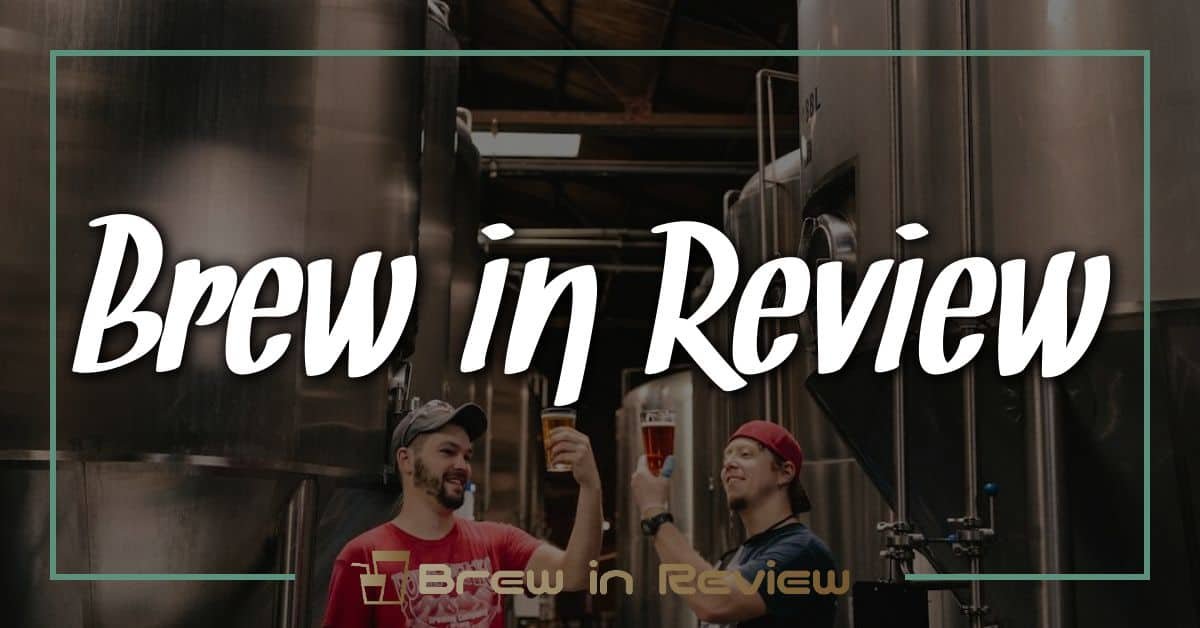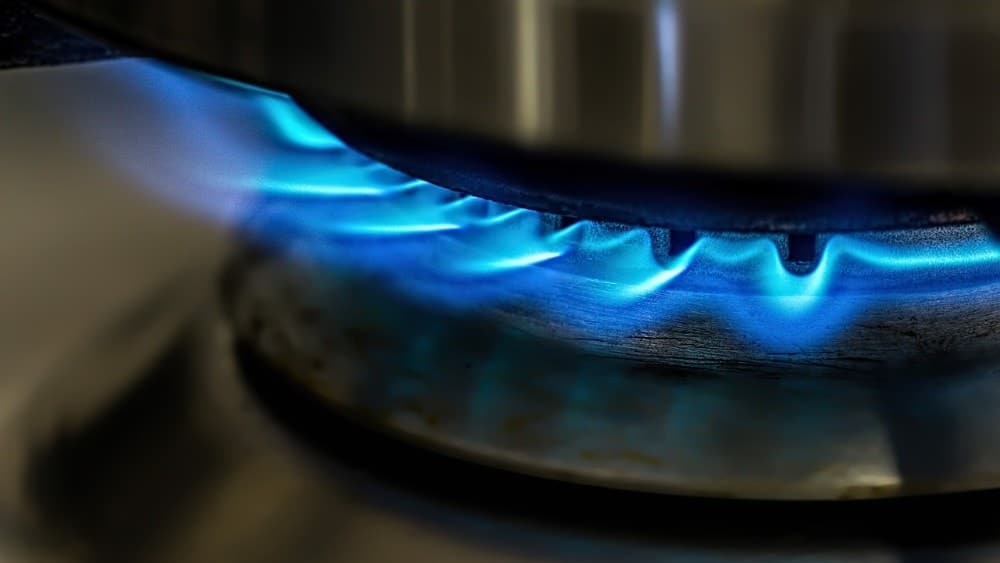Brewing beer is like crafting a masterpiece, and conditioning is the final touch that brings it all together. After fermentation, the journey isn’t over; it’s just the beginning of a crucial phase that transforms raw brew into a drinkable delight. I’ve always found this part of the process fascinating, where patience and precision play a key role.
Overview of Conditioning Beer
Conditioning beer serves as the key transition from fermentation to a final product. This stage enhances the flavors and carbonation, creating the ideal drinking experience. After fermentation, yeast continues to work, breaking down unwanted compounds. I’ve seen how patience during this phase pays off with a smoother taste.
During conditioning, I focus on a few essential aspects:
- Carbonation: Natural carbonation often occurs when priming sugar is added before bottling. Yeast consumes the sugar, producing carbon dioxide and creating bubbles. The right level of carbonation can significantly affect the mouthfeel.
- Flavor Development: Conditioning allows flavors to meld and mature. Ingredients such as hops, malts, and adjuncts reach their full potential, resulting in a well-rounded beer. I often taste at different intervals to monitor changes and determine when the beer hits its peak.
- Clarity Improvement: As the beer conditions, sediment settles, improving clarity. I find that longer conditioning can lead to a cleaner appearance and better presentation when pouring.
- Temperature Control: Maintaining proper temperature is crucial. A consistent, cooler temperature during conditioning aligns yeast activity and flavor release. I typically aim for a range of 65°F to 72°F, depending on the beer style.
Understanding these elements enhances my brewing skills, whether in a home setup or commercial scale. Each batch brings unique challenges, and every experience adds to my knowledge of beer conditioning.

The Fermentation Process
Fermentation marks the heartbeat of brewing, where yeast transforms sugars into alcohol and CO2. As I guide you through the details, I hope to spark a deeper appreciation for this essential phase in brewing.
Yeast Selection
Yeast plays a crucial role in shaping the beer’s character. I prefer using either top-fermenting or bottom-fermenting yeasts, depending on the beer style. Ale yeast, known for its fruity flavors, thrives at warmer temperatures, fermenting quickly. Lager yeast, on the other hand, works at cooler temperatures, producing cleaner, crisper beers. Selecting the right strain influences not just the flavor profile but also the aroma and mouthfeel. For example, I often use American Ale yeast for hoppy IPAs, while a classic Pilsner yeast suits my lagers perfectly.
Temperature Control
Temperature control significantly impacts fermentation. I aim for specific ranges to optimize yeast performance. For ales, I maintain temperatures between 65°F and 75°F, encouraging fruity esters and phenols. Conversely, lager fermentation occurs best between 45°F and 55°F for a cleaner taste. I monitor the temperature closely, adjusting when necessary, especially during high fermentation activity. Using temperature control techniques, like water baths or fermentation chambers, helps me achieve consistent results, ensuring each batch meets my quality standards.
Understanding Conditioning
Conditioning is a crucial phase in the beer brewing process, acting as the bridge between fermentation and bottling. This stage allows the beer to develop its flavors and aromas while achieving the right level of carbonation.
Primary vs. Secondary Conditioning
Primary conditioning occurs immediately after fermentation, as yeast continues to work on byproducts. I typically leave my brews undisturbed for at least one to two weeks in this phase, allowing flavors to meld and sediment to settle. Secondary conditioning follows, where I transfer the beer to a new vessel, separating it from the yeast and trub. This process further refines the flavor profile and enhances clarity, often lasting from several days to a few weeks, depending on the beer type.
The Role of Carbonation
Carbonation plays an essential role in the overall beer experience. During conditioning, I utilize priming sugar, which ferments in the bottle, producing CO2 and natural carbonation. This method often yields a finer bubble quality compared to forced carbonation methods. I ensure to calculate the right amount of priming sugar based on batch size and desired carbonation levels, typically aiming for 2.5 to 2.7 volumes of CO2 for most styles. Achieving proper carbonation contributes to the mouthfeel and enjoyment of the final product, creating a satisfying experience for drinkers.
Bottling the Beer
Bottling marks the final stage before I enjoy my brewed creations. It’s crucial to get this step right, as it helps preserve the hard work that went into fermentation and conditioning.
Equipment Needed
- Bottles: Use clean, sturdy glass bottles for durability and flavor preservation. Standard 12-ounce bottles work well, but consider using larger bottles for special occasions.
- Caps and Capper: Ensure you have the right caps that fit your bottles. A handheld capper makes sealing straightforward and efficient.
- Brew Kettle: Ideally, I reuse my brew kettle for sanitizing water, making the bottling process smoother.
- Sanitizer: Use a food-safe sanitizer to eliminate any potential contaminants. No one wants off-flavors or spoilage in their final product.
- Funnel: A funnel ensures an easy transfer while minimizing spills and waste during bottling.
- Siphon or Racking Cane: An efficient siphon helps transfer beer from the conditioning vessel to the bottles while leaving sediment behind.
- Labeling Supplies: Label your bottles to remember their contents and details like brew date and style.
Best Practices for Bottling
- Clean and Sanitize: Always clean and sanitize your bottles and equipment. Contaminants can ruin your brew.
- Measure Priming Sugar: Calculate the right amount of sugar based on your beer’s style and carbonation level. Use about 3/4 cup of corn sugar for about five gallons for standard carbonation.
- Mix Priming Solution: Simmer the sugar in water, chill the solution, and then mix it into your beer in the bottling bucket to ensure even distribution.
- Keep a Steady Flow: Use your siphon to fill bottles to about an inch from the top. This leaves room for carbonation and avoids overflow.
- Cap Immediately: Cap the bottles as soon as they’re filled to prevent oxidation. A tight seal preserves flavor.
- Store Properly: Store bottles upright in a cool, dark place to allow for optimal carbonation. Avoid direct light exposure to maintain taste.
- Patience Pays Off: Allow your bottled beer to carbonate for at least two weeks. The payoff comes when you finally pour that first crisp glass.
Conclusion
Brewing beer is truly a labor of love and the conditioning phase is where the magic happens. It’s amazing to see how patience and attention to detail can elevate a simple brew into something extraordinary. As I’ve learned through my own brewing adventures each batch brings its own set of challenges and rewards.
Watching the flavors meld and the carbonation develop is incredibly satisfying. With every step from fermentation to bottling I’m reminded of the joy that comes from crafting something unique. So whether you’re brewing at home or on a larger scale embrace the process and enjoy the journey. Cheers to the art of conditioning beer!




